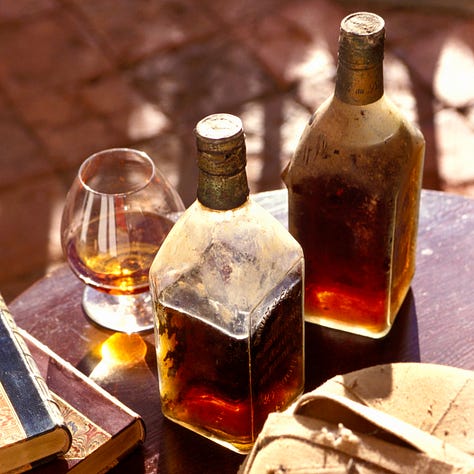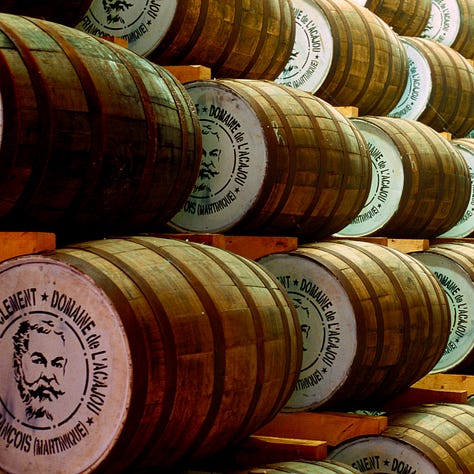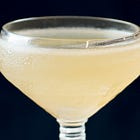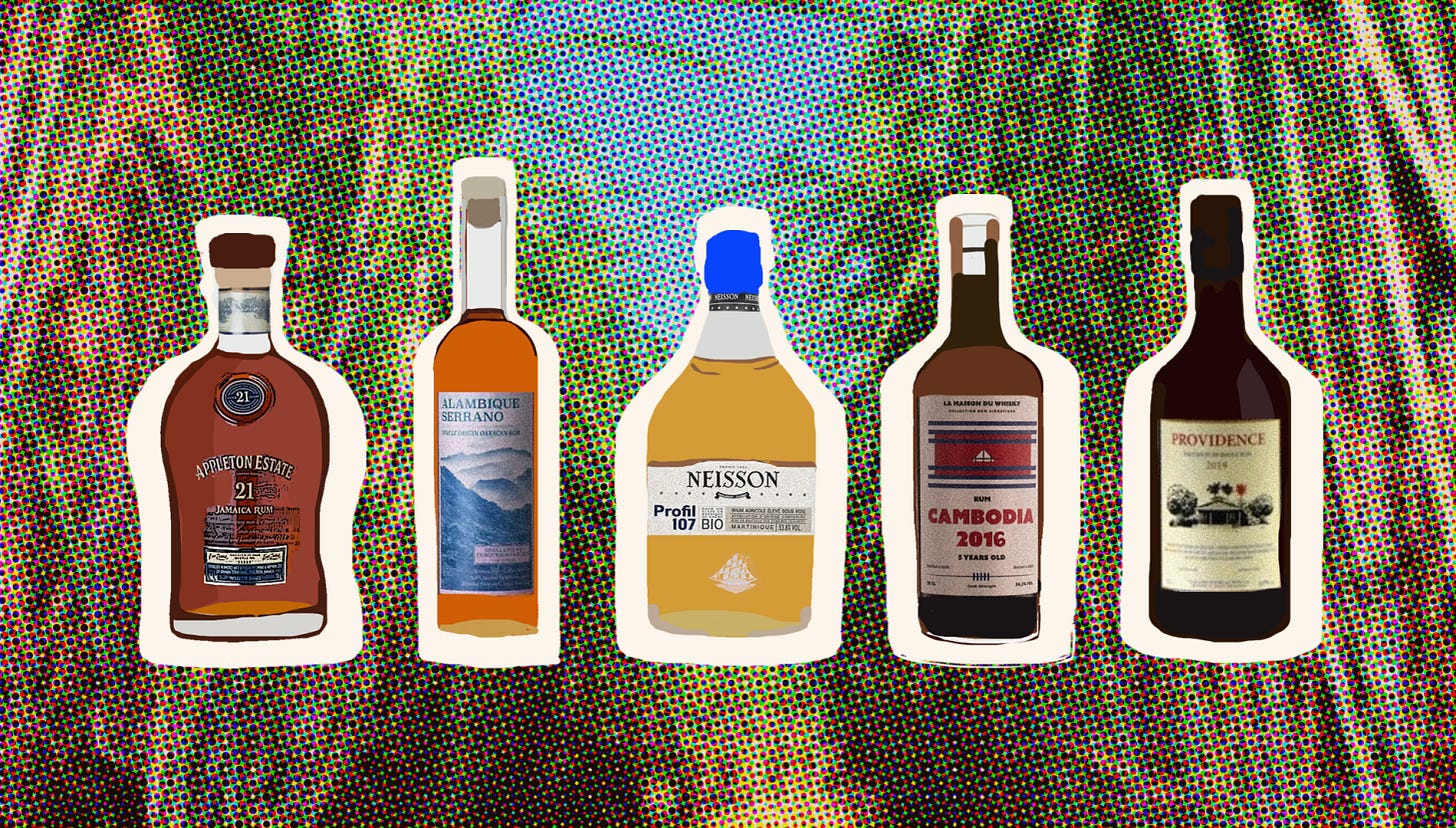We're Living In a Golden Age of Rum
So why are you still waiting to give high-end rums a try? My guide to spectacular bottles that you may have overlooked, with a dozen recommendations.



This piece first appeared in The New Wine Review
We live in a golden age of rum, but you’d never know it from the chatter of American spirits aficionados. Their talk seems focused on whiskey all the time, with occasional forays into tequila and mezcal. Rum? Of all the aged spirits, rum suffers most from a misguided, lowly reputation. For many people—in 2024, incredibly enough—rum is still just a parties-and-pirates thing, something for mojitos or fruity daiquiris or to mix with Coca-Cola. I feel like I am always imploring serious spirits drinkers to give high-end aged rum a try, to begin their own journey into this fascinating spirit.
I’ve been lucky. I had an early soaking in the pleasures of aged rum. It began in the 1990s, when I spent a lot of time in Central America, particularly Nicaragua. At that time, Nicaragua was emerging from more than a decade of civil war. Its top rum brand, Flor de Caña, had amassed a huge quantity of aged barrels it couldn’t sell under Sandinista rule. (Back then, by some accounts, Flor de Caña had the largest reserve of aged rum in the world.) In late 1990s Nicaragua, you could buy a bottle of 7-year-old Flor de Caña in a bar for about $4—generally served with tonic and Coke, limes, and a big bucket of ice. I could not begin to count how many empty bottles of 7-year-old Flor de Caña were left floating in the ice bucket on those tropical nights.
As I began writing about spirits professionally in the aughts, I fell in love with rhum agricole from Martinique and Guadalupe, which was just starting to become widely available in the U.S. Unlike most rum in the Caribbean, rhum agricole is made with fresh-cut sugarcane juice—rather than molasses—which gives it complex grassy, smoky, funky notes. Brands like Rhum Clément, Rhum JM, and Neisson have been the standard-bearers of rhum agricole to most American rum fans. Rhum agricole follows strict rules enforced by an appellation d’origine contrôlée in France. I’ve gone even deeper into the world of “rum with an h” during my visits to France, which naturally has a much wider selection of amazing rhum agricole.
Soon enough, we started to see more high-ester, pot-still rums from producers such as Hampden Estate, Long Pond, or Worthy Park from Jamaica, Foursquare from Barbados, or the now-defunct Caroni from Trinidad, barrels of which are still coveted by collectors. Rum heads also started talking about rum as a spirit with genuine terroir—such as those from the mountainous region of Trelawny, in Jamaica, a veritable grand cru of rum. Rums from regions outside the Caribbean started popping up, from places as far flung as Fiji, Cambodia, Oaxaca, or Réunion Island in the Indian Ocean.
Rum begins, of course, with sugarcane. And just as with grapes or grain, there are numerous varieties of sugarcane. Rural Haiti, for instance, is a living agricultural museum of lost cane varieties. But it’s usually how that harvested sugarcane is processed that primarily determines the flavor. While the French islands tend to favor using fresh-cut sugarcane juice, most rum in the Caribbean is made from molasses, the byproduct of refining sugarcane. Some Haitian rums will be made with cane syrup rather than fresh cane juice. “Blackstrap”—heavier, darker molasses rums—became popular in the former British colonies, such as Cruzan from St. Croix or Goslings from Bermuda. Then there is the rich, creamy, dark Demerara rums of Guyana, such as El Dorado.
Then there is the barrel aging, which in the hot, humid tropics is quite different than with other brown spirits. So-called “tropical aging” runs about three to four times faster than in, say, Kentucky or Scotland or Cognac. Leave most rum in a Caribbean cellar for a couple of decades and you’ll have very little liquid left in the barrel. That’s why it’s relatively rare to find rums aged longer than 12 or 15 years. Which could be one reason why rum is ignored by spirits geeks wowed by age and numbers.
What I’m trying to tell you is that rum is just as diverse and complex as any other brown spirit in the world. If you’ve never explored rum’s high end, now is a perfect time to give it a shot—as we enter what I call “splurge season” for spirits.
What follows is my introduction to the wide world of high-end rum. It’s my quest to point you to some unique rums you may not know, from places both familiar (Jamaica, Massachusetts) and far flung (Réunion Island, Cambodia).
These rums are not cheap—the spirit has come a long way from those $4 bottles of 7-year-old Flor de Caña I drank in the late 1990s. But these are rums for serious sipping, and they belong next to the finest whiskeys, brandies, and agave spirits on your back bar.
My Rum Buying Guide
Below are my bottle picks for rums that make converts out of whiskey aficionados. For paid subscribers only.



